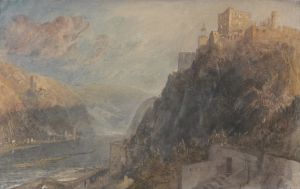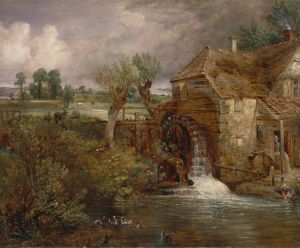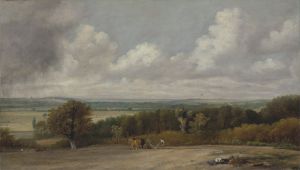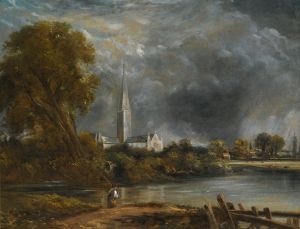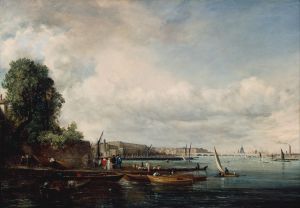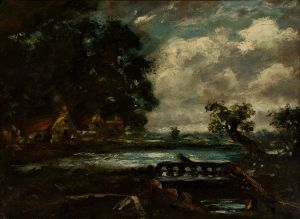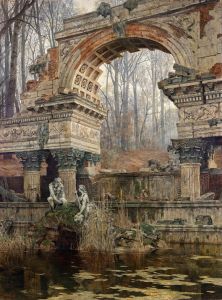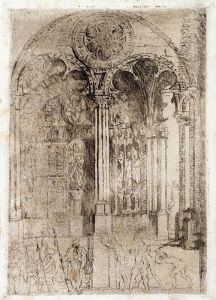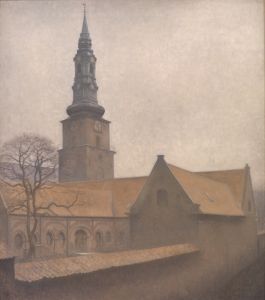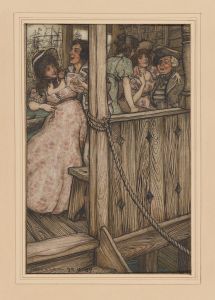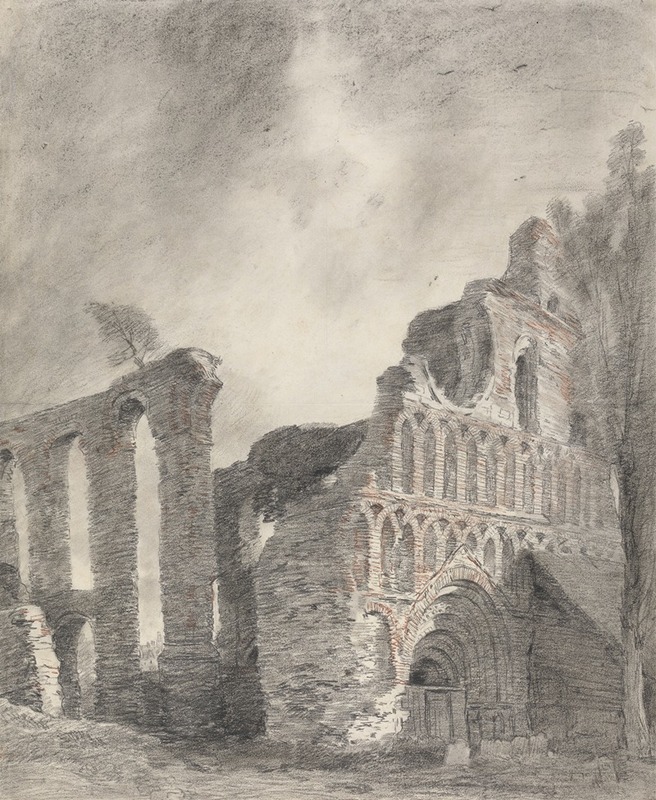
Ruin of St. Botolph’s Priory, Colchester
A hand-painted replica of John Constable’s masterpiece Ruin of St. Botolph’s Priory, Colchester, meticulously crafted by professional artists to capture the true essence of the original. Each piece is created with museum-quality canvas and rare mineral pigments, carefully painted by experienced artists with delicate brushstrokes and rich, layered colors to perfectly recreate the texture of the original artwork. Unlike machine-printed reproductions, this hand-painted version brings the painting to life, infused with the artist’s emotions and skill in every stroke. Whether for personal collection or home decoration, it instantly elevates the artistic atmosphere of any space.
John Constable, an English Romantic painter renowned for his landscape paintings, created "Ruin of St. Botolph’s Priory, Colchester" in the early 19th century. Constable is celebrated for his ability to capture the natural beauty and rural life of England, particularly in the Suffolk and Essex regions. This painting is one of his works that exemplifies his interest in historical architecture and the picturesque ruins that dotted the English landscape.
St. Botolph’s Priory, located in Colchester, Essex, is an Augustinian priory founded around 1100. It holds historical significance as one of the earliest Augustinian establishments in England. The priory was dedicated to St. Botolph, a 7th-century abbot known for his piety and learning. The architecture of the priory is notable for its use of Roman bricks, a characteristic feature of many buildings in Colchester, which was a significant Roman town.
The priory suffered extensive damage during the English Civil War in the 17th century, leaving it in ruins. By the time Constable painted it, the site had become a romantic ruin, a subject that appealed to the sensibilities of the Romantic era, which valued the sublime and the picturesque. Constable’s depiction of the priory captures the interplay of light and shadow on the ancient stones, emphasizing the texture and the historical aura of the ruins.
Constable's approach to painting was innovative for his time. He often worked outdoors, directly observing the landscape, which allowed him to capture the transient effects of light and weather. This technique, known as plein air painting, was relatively uncommon at the time and contributed to the freshness and immediacy of his landscapes. In "Ruin of St. Botolph’s Priory, Colchester," Constable’s brushwork and use of color convey a sense of atmosphere and mood, highlighting the enduring beauty of the ruins amidst the natural surroundings.
The painting reflects Constable’s deep appreciation for the English countryside and its historical landmarks. His works often evoke a sense of nostalgia and reverence for the past, capturing the essence of a rapidly changing landscape during the Industrial Revolution. Constable’s ability to infuse his landscapes with emotion and a sense of place has made him one of the most beloved British artists.
"Ruin of St. Botolph’s Priory, Colchester" is part of Constable’s broader oeuvre that includes iconic works such as "The Hay Wain" and "Dedham Vale." While Constable achieved limited commercial success during his lifetime, his work has since gained widespread recognition and admiration. Today, his paintings are celebrated for their technical skill, emotional depth, and contribution to the development of landscape painting.
Constable’s depiction of St. Botolph’s Priory remains a testament to his skill in capturing the beauty and history of the English landscape. The painting not only serves as a visual record of the priory’s ruins but also as a reflection of Constable’s artistic vision and his ability to find beauty in the remnants of the past.






